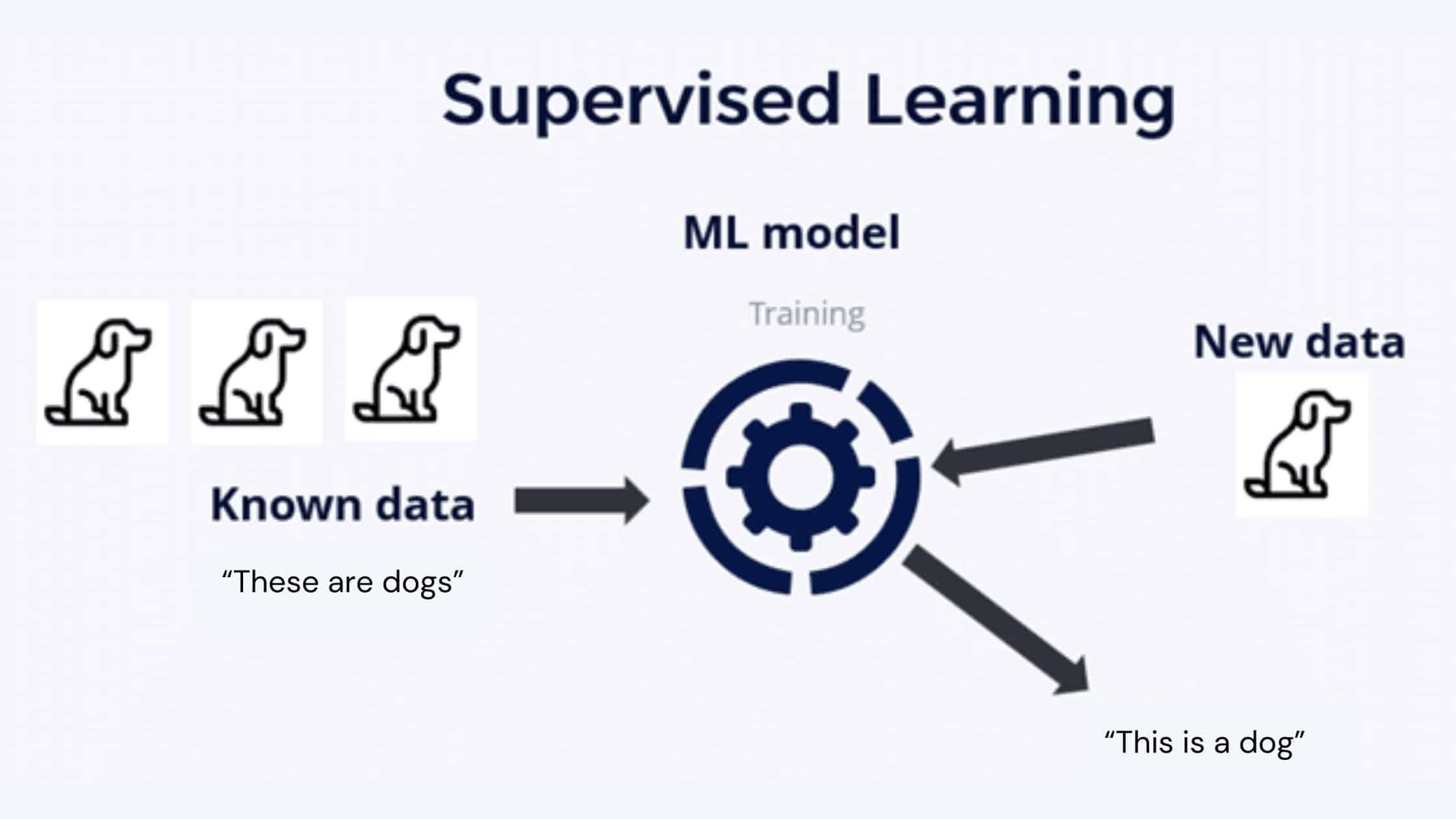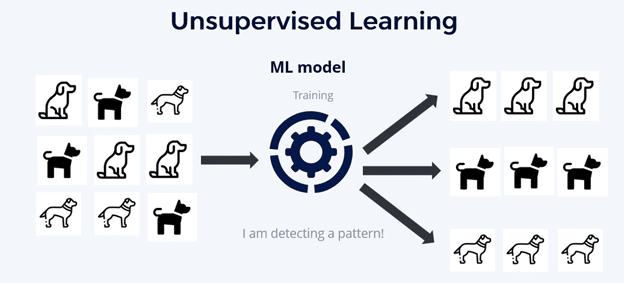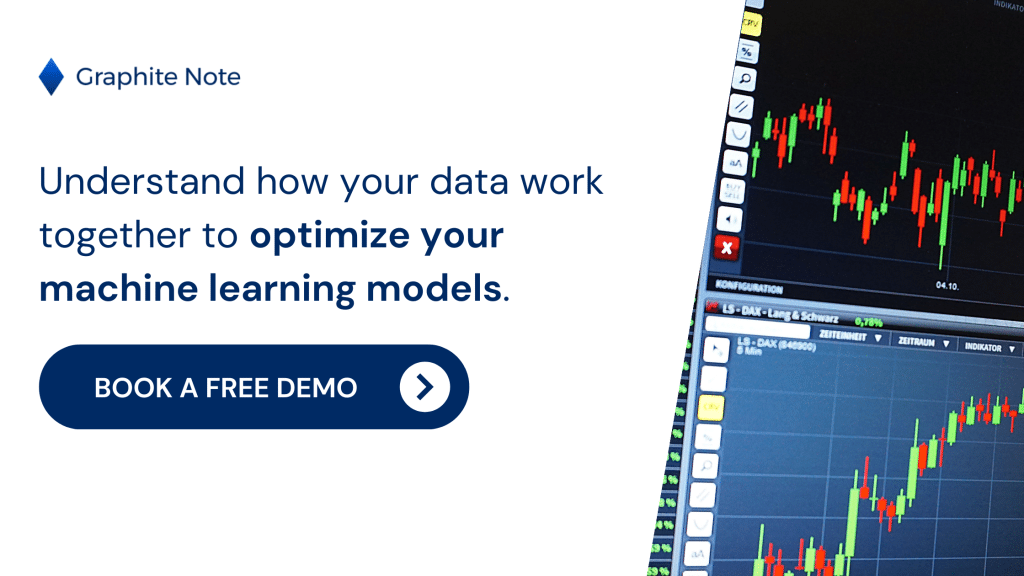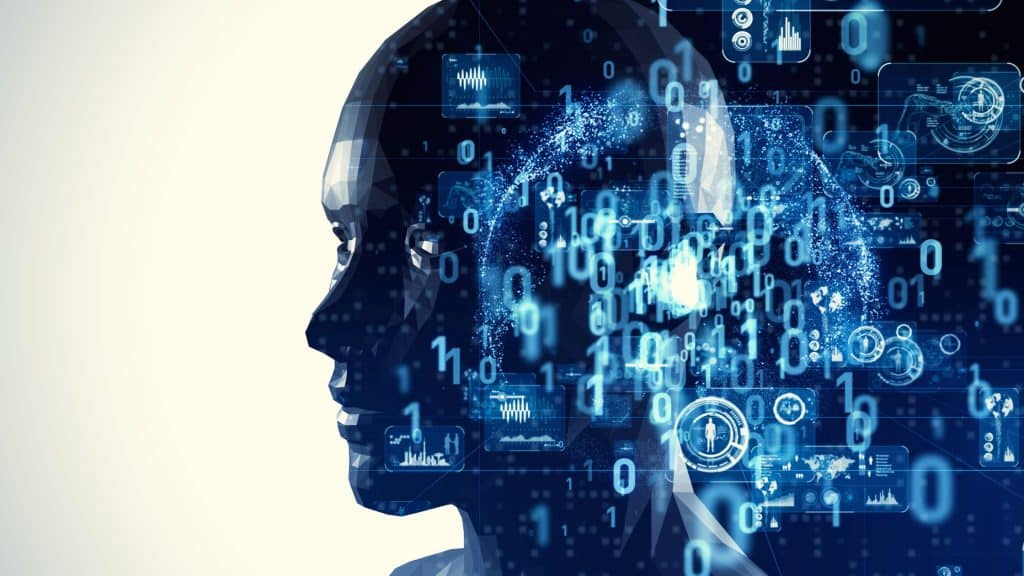AI Demystified: Machines That Learn Through Experience
Machine Learning: An Introduction
Machines that learn are a fundamental part of the world of Artificial Intelligence (AI). AI is often associated with complex algorithms and science fiction. At the core of AI lies machines that can learn and improve through experience, much like humans do. In this article, we outline machine learning. You don’t need to be a data scientist, or hire a team of data scientists, to benefit from machine learning.
Machines that learn like a human
Unlike traditional programming, machine learning equips machines to learn and adapt based on data. Machine learning (ML) is a subfield of artificial intelligence (AI). In machine learning projects, algorithms learn from data. They then use that data to make predictions or decisions without explicit programming. By analyzing patterns in the data, the machine learning algorithm learns what features define a particular data point. The algorithm can then apply that knowledge to new data. Machine learning is:
- Data-driven: Machine learning algorithms rely upon large amounts of data to learn and improve.
- Predictive: Machine learning models are often used to make predictions about the future.
- Generalizable: Machine learning models learn from existing data. Machine learning models then apply that knowledge to new, unknown situations.
- Used for a variety of tasks: Machine learning can be used for a wide range of tasks. These include: image recognition, fraud detection, speech recognition, recommendation engines, personalization, and more.
- Uses two different approaches: Supervised machine learning and supervised learning algorithms require labeled data. Unsupervised machine learning deals with unlabelled data. This is where the data points lack predefined labels or categories. In unsupervised machine learning, the machine learning model is left to its own devices. The unsupervised machine learning and unsupervised learning models must discover hidden patterns and structures within the data on its own. Unsupervised learning algorithms are often used for tasks like clustering and dimensionality reduction. While an unsupervised learning technique doesn’t use labeled data, it can be difficult to interpret the results. This also means it’s difficult to assess if the model is on the right track. Unsupervised learning algorithms have a variety of use cases, but we’ll discuss those another time.
- Uses different types of data and data sets: training data, validation data, and test data. Training data is used to train a machine learning model to predict an expected outcome. Validation data is used to check the accuracy and quality of the model used on the training data. Test data is used to perform a realistic check on an algorithm. Test data, also known as a testing set, or test set, confirms if the machine learning model is accurate. As they see more images, they begin to recognize patterns and distinguishing features
Machine learning models
There are many different types of AI models and ml models. Model training is an important part of machine learning.
- Linear Regression Models: These machine learning models establish a linear relationship between input data and an expected output.
- Support Vector Machines (SVMs) and Decision Trees: These are supervised machine learning models trained on labeled data. SVMs separate data points into categories. Decision trees create a tree-like structure for classification based on a series of questions about the input data.
- Artificial Neural Networks (ANNs): An artificial neural network is a network of interconnected nodes that process information through layers.
- Deep Neural Networks (DNNs): DNNs have multiple hidden layers between the input and output layers. DNNs can learn complex patterns from data. DNNs are used in computer vision (image recognition) and natural language processing (NLP).
- Transformer Models: Transformers are particularly adept at natural language processing tasks.
- Generative AI Models (Generative models): Generative AI creates entirely new data, like realistic images or synthetic data for training other models.
- Diffusion Models: Diffusion Models refine noise into a desired image, like starting with static and progressively revealing a clear picture.
- Generative Adversarial Networks (GANs): A Generative Adversarial Network involves two competing neural networks, a generator and a discriminator. The generator creates new data. The discriminator tries to distinguish real data from the generated data. This adversarial process helps refine the generator’s ability to produce realistic outputs.
- Foundation Models: Foundation Models are pre-trained models on massive datasets. Foundation models can be fine-tuned for specific tasks.
Data is the foundation for machine learning
Data serves as the foundation for machine learning. Data is the raw material that machines process to learn and improve. This data can come in various forms: text, images, numbers, or even audio recordings. The more data a machine learning model has, the better it becomes at recognizing patterns and making predictions.


Machine learning algorithms
Machine learning algorithms guide the machine learning process. Machine learning algorithms are sets of instructions that define how data is analyzed. The algorithms also dictate how the machine learning model improves its performance. There are various types of machine learning algorithms, each suited to specific tasks. Some algorithms excel at identifying patterns in data. Other algorithms focus on making predictions or classifications.
Machine learning model training
Machine learning models undergo a training phase where they are exposed to vast amounts of labeled data. Labeled data consists of data points where the desired outcome is already. By analyzing this labeled data, the machine learning model learns to identify key characteristics. As the model processes more data, it refines its understanding and improves its accuracy. This iterative process enables machine learning models to learn. Through this, the machine learning models improve in accuracy.
Reinforcement learning
Reinforcement learning enables machines to learn through trial and error, like a robot navigating a new environment by taking actions and receiving rewards for successful outcomes. This technique is behind personalized recommendations and optimizes the performance of machine learning models. It requires balancing exploration (trying new actions) with exploitation (repeating successful actions) and faces challenges like data scarcity and ethical considerations. Despite these hurdles, reinforcement learning offers a powerful way for machines to learn and improve through experience.
Machine learning applications
Machine learning can be used to augment various business operations, across many industries. Machine learning can help to:
- Streamline customer service: Machine learning can analyze past conversations, identify common issues, suggest solutions, and personalize responses for each customer.
- Enhance online searches: Search engines leverage machine learning to understand your search intent and deliver the most relevant results.
- Augment fraud detection: Financial institutions use machine learning to detect fraudulent transactions. These machine learning models analyze data on past fraudulent activities. They then identify patterns that might indicate suspicious behavior. As new fraud tactics emerge, the machine learning models learn and adapt.
- Power recommendation systems: Online recommendation systems are powered by machine learning. These models analyze past purchases, browsing behavior, and viewing history. They then recommend products or content you’re likely to enjoy. The more you interact with the platform, the more refined the recommendations become.
The broader influence of machine learning
Machine learning’s influence extends far beyond everyday applications. Here are some areas where machine learning is making significant strides:
- Scientific discovery: Machine learning helps researchers in analyzing complex scientific data. This accelerates breakthroughs in fields like medicine and materials science.
- Climate change mitigation: Machine learning models analyze weather patterns. Machine learning models can predict the effects of climate change. This data empowers policymakers to develop strategies to mitigate climate change.
- Personalized medicine: Machine learning enables doctors to analyze patient data. Healthcare workers can also develop personalized treatment plans.
The challenges of machine learning
While machine learning offers immense potential, there are challenges to consider:
- Data bias: Machine learning models are only as good as the data they are trained on. If the training data is biased, the model can perpetuate that bias in its outputs.
- Explainability: Sometimes, it can be difficult to understand how a machine learning model arrives at a particular decision. This lack of explainability can raise concerns about transparency and accountability.
- The human brain: Machine learning is not a replacement for human intelligence. While machines can learn and adapt, they still lack critical thinking, creativity, and common sense. Machine learning is best viewed as a powerful tool that can augment human capabilities, not replace them.

Why machine learning matters
Machine learning is driving innovation across various sectors. Machine learning technology continues to evolve. We can expect even more groundbreaking applications that improve our lives. Here are some reasons why machine learning is here to stay:
- Continuous learning: Machine learning models are constantly learning and improving.
- Adaptability to change: The ever-changing nature of the world is no match for machine learning. These models can adapt to new data and situations, making them valuable tools in a dynamic world.
- Automating complex tasks: Machine learning automates complex tasks. This frees up human time and resources for more creative and strategic endeavors.
You don’t need to be a computer scientist to use machine learning. No-code machine learning and predictive analytics tools enable you to use machine learning.




